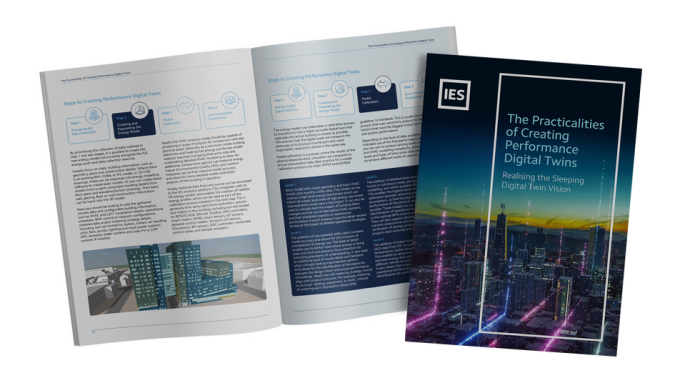The climate emergency and the transition to a net zero economy means businesses, governments and individuals need access to new information to ensure that we can mitigate and adapt to the effects of environmental and climate change. Environmental Intelligence will be a critical tool in tackling the climate and ecological crises, and will support us as we move towards more sustainable interaction with the natural environment, and delivery of net zero.
Environmental Intelligence is a fast-developing new field that brings together Environmental data and knowledge with Artificial Intelligence to provide the meaningful insight to inform decision-making, improved risk management, and the technological innovation that will lead us towards a sustainable interaction with the natural environment. It is inherently inter-disciplinary and brings together research in environment, climate, society, economics, human health, complex eco-systems, data science and AI.
The Joint Centre for Excellence in Environmental Intelligence (JCEEI) is a world-leading collaboration between the UK Met Office and the University of Exeter, together with The Alan Turing Institute and other strategic regional and national collaborators. This centre of excellence brings together internationally renowned expertise and assets in climate change and biodiversity, with data science, digital innovation, artificial intelligence and high-performance computing.
The JCEEI’s Climate Impacts Mitigation, Adaption and Resilience (CLIMAR) framework uses Data Science and AI to integrate multiple sources of data to quantify and visualise the risks of climate change on populations, infrastructure and the economy in a form that will be accessible to a wide variety of audiences, including policy makers, businesses and the public.
CLIMAR is based on the Intergovernmental Panel on Climate Change’s (IPCC; https://www.ipcc.ch) risk model that conceptualises the risk of climate-related impacts as the result of the interaction of climate-related hazards (including hazardous events and trends) with the vulnerability and exposure of human and natural systems. Hazards are defined as ‘the potential occurrence of a natural or human-induced physical event or trend or physical impact that may cause loss of life, injury, or other health impacts as well as manage and loss to property, infrastructure, livelihoods, service proposition, ecosystems, and environmental services.’; exposures ‘The presence of people, livelihoods, species or ecosystems, environmental functions, services, and resource, infrastructure, or economic, social or cultural assets in places and settings that could be adversely affected.’; and vulnerability ‘The propensity or predisposition to be adversely affected’, which encompasses sensitivity or susceptibility to harm and lack of capacity to cope and adapt.
A mathematical model is used to express the risk of a climate related impact, e.g. an adverse health outcome associated with increased temperatures or a building flooding in times of increased precipitation. Risk is defined as the probability that an event happens in a defined time period and location and is a combination of the probabilities of the hazard occurring together with probability models for exposure and vulnerability. In the simplest case, the probabilities (of hazard, exposure and vulnerability) would be treated as independent, but in reality the situation is much more complex and the different components will often be dependent on each other), which requires conditional probability models to be used. For example people’s exposures to environmental hazards (e.g. air pollution) may be dependent on their vulnerability (e.g. existing health conditions.
The UKCP18 high-resolution climate projections are used to inform models for hazards and provide information on how the climate of the UK may change over the 21st century (https://www.metoffice.gov.uk/research/approach/collaboration/ukcp/index). This enables the exploration of future changes in daily and hourly extremes (e.g. storms, summer downpours, severe wind gusts), hydrological impacts modelling (e.g. flash floods) and climate change for cities (e.g. urban extremes). The headline results from UKCP18 are a greater chance of warmer, wetter winters and hotter, drier summers, along with an increase in the frequency and intensity of extremes. By the end of the 21st century, all areas of the UK are projected to be warmer and hot summers are expected to become more common. The projections also suggest significant increases in hourly precipitation extremes, with the rainfall associated with an event that occurs typically once every 2 years increasing by 25%, and the frequency of days with hourly rainfall > 30 mm/h almost doubling, by the 2070s; increasing from the UK average of once every 10 years now to almost once every 5 years.
CLIMAR is currently being used in a range of real-world applications based on the UKCP18 projections across sectors that will be affected by changes in the climate, including energy system security, telecommunications, critical infrastructure, water and sewage networks, and health. Two examples are:
- working with Bristol City Council on the effects of climate change on urban heat, inequalities between population groups and the efficacy of methods for adapting building stock (e.g. improved ventilation, double glazing) to keep people cool, and safe, in periods of extreme heat;
- working with a consortium led by the National Digital Twin Programme and the Centre for Digital Built Britain to develop a Climate Resilience Demonstrator, integrating climate projections with asset information and operational models to develop a Digital Twin that can be used to assess the future risks of flooding on critical infrastructure including energy, communications and water and sewage networks. This will provide a step-change in our understanding of the potential effects of climate change on critical infrastructure and demonstrates the power of inter-disciplinary partnerships, spanning academia and industry, that will be crucial in unlocking the enormous potential for Digital Twins to enhance our resilience to climate change across a wide variety of sectors.
For further information on CLIMAR and associated projects, please see https://jceei.org/projects/climar/ and for information on the National Digital Twin Climate Resilience Demonstrator (CreDo) see https://digitaltwinhub.co.uk/projects/credo/



Leave a comment